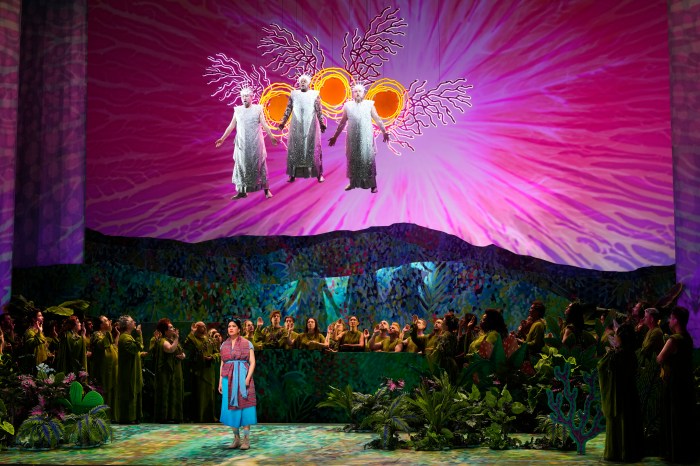One of the seminal works of film noir is returning to the big screen this week at Film Forum: Jules Dassin’s “Rififi.”
The movie is widely regarded as perhaps the first modern heist film and certainly one of the most influential, impacting everyone and everything from Stanley Kubrick to Quentin Tarantino and “Ocean’s 11.”
Kenneth Turan of The Los Angeles Times has called “Rififi” “the benchmark against which all succeeding heist films have been measured.”
Released in 1955, the film is best known for a 35-minute sequence where Jean Servais’ Tony “le Stéphanois” and his compatriots carry out the elaborate heist of a Parisian jewelry shop.
Rendered in minutiae without dialogue or music, this occupies nearly a quarter of the film and is a scene designed to showcase Dassin’s intricate grasp of the tools of cinema.
The display came at an important time in the life of the American filmmaker, who was blacklisted by the House Committee on Un-American Activities, seeing his promising career halted.
Dassin, who made the classic filmed-on-the-streets-of-New-York noir “The Naked City,” got the chance to do “Rififi” on location in Paris, adapting the widely-read novel by Auguste Le Breton.
Dassin didn’t particularly like it, but needed the opportunity, making the story his own by increasing the relative importance of the heist sequence and peppering the film with moments that indirectly referenced the humiliation of being ostracized.
Success, to put it mildly, was less than assured, but audiences and critics adored the film.
It opened the Cannes Film Festival and earned Dassin the best director award there. Authorities in Mexico were so concerned by the heist scene, which inspired copycats, that they banned the movie.
Eventually, the picture got its American release, with Dassin’s name attached, and the filmmaker resumed making movies, though largely abroad.
In short, “Rififi” is one of the happy accidents of cinema: a film carved out of a herculean series of obstacles that expanded the possibilities of its genre by obsessively depicting the theft at the center of the story and its inevitably tragic consequences, with significant real-world allusions.

















